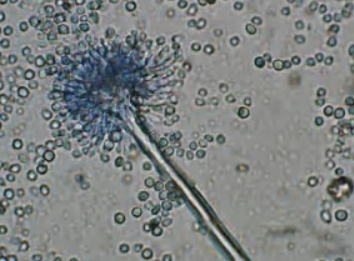Introduction
Home canning plays a large role in Bettina’s domestic
economy. Jams, marmalade, fruits, vegetables—anything that can be cooked and
crammed into a jar is fair game. So important is canning to the editors of A Thousand Ways To Please A Husband that
numerous vignettes feature our heroine huddled over a vat of bubbling Mason
jars—usually with a rapt audience at her elbow.
No invitation to play tennis or go shopping nor the
arrival of guests or sweltering weather can deter Bettina from her mission: to
can whatever she can lay her hands on and show her husband that “Bettina knows
how to keep house!”
Part 1
A Pocket History of Canning
One can’t help but pity Napoleon’s soldiers. Already
condemned to slogging through the chest-high snows of Russia, they were
expected to do so on a diet of food canned by the earliest and most primitive methods.
Canning, a method of preserving food by sealing it in
airtight containers, was the brainchild of Frenchman Nicolas Appert. Hoping to
win the his government’s bounty of 12000 francs for an inexpensive method of
preserving food, he submitted his idea in 1806 and was awarded the prize four
years later.
The first commercial canning vessels were fragile
glass containers and, later, more durable but extremely unwieldy iron cans. The
switch a few years later to tin-plated iron and then steel cans made the new
method of preserving food more practical and led to its growing popularity in
both Europe and North America.
But glass containers came back in vogue in 1858 when
John L. Mason patented a thick-walled version suitable for non-industrial use.
Improvements in lid design also helped to make home canning an international
movement, and by World War 1 a majority of the US population ate home canned
food on a regular basis.
Home Canning Methods
Presently only three home canning methods rate the
USDA’s stamp of approval:
Water
Bath Canning
Certainly the simplest of canning methods, this
technique is considered suitable for foods with a high acid content such as
fruits, jams, pickles, and tomatoes (if additional acidifiers such as lemon
juice have been added).
Basically, cooked food is poured into warm jars,
sealed with screw-type lids, and put in a vat of boiling water for a specified
amount of time (generally ten minutes or more).
Pressure
Canning
To be used for low acid foods such as vegetables,
meat, seafood, and dairy products.
Again, as with the water bath method, warmed jars are
filled with cooked food and sealed. But here the filled jars are placed in a
pressure canner (generally a metal kettle fitted with a tight-locking lid and
gaskets) which, thanks to trapped steam, is capable of reaching temperature of
240 degrees Fahrenheit and higher.
Steam
Canning
Steam canning is the new kid on the block—this method
was only approved of by the USDA in 2015.
Generally foods that can safely be canned using the
water bath method (fruits, jams, pickles) can also be processed in a steam
canner.
Once again jars are filled with cooked food, sealed,
and then placed on a rack in the canner. As with the pressure canner steam
collects in the enclosed vessel, but because steam canners aren’t airtight the
pressure can’t rise and the temperature go above 212 F.
And For Those Who Spurn Modern Methods And Prefer To
Wing It…
…meet some of the Cowboy Canner’s most reliable pals:
Pseudomonas
(bacteria)
Sclerotia
(mold)
Aspergillus
(mold
with a sweet tooth—usually found in jellies and jams)
And of course...
Clostridium
botulinum
The
Big B.
Botulism.
(End of the line without aggressive medical treatment—Mr.
B prefers to take no prisoners. Invite him for a meal and expect to form a
hospital friendship lasting for weeks or months with your new best friend, Mr.
Ventilator).




No comments:
Post a Comment